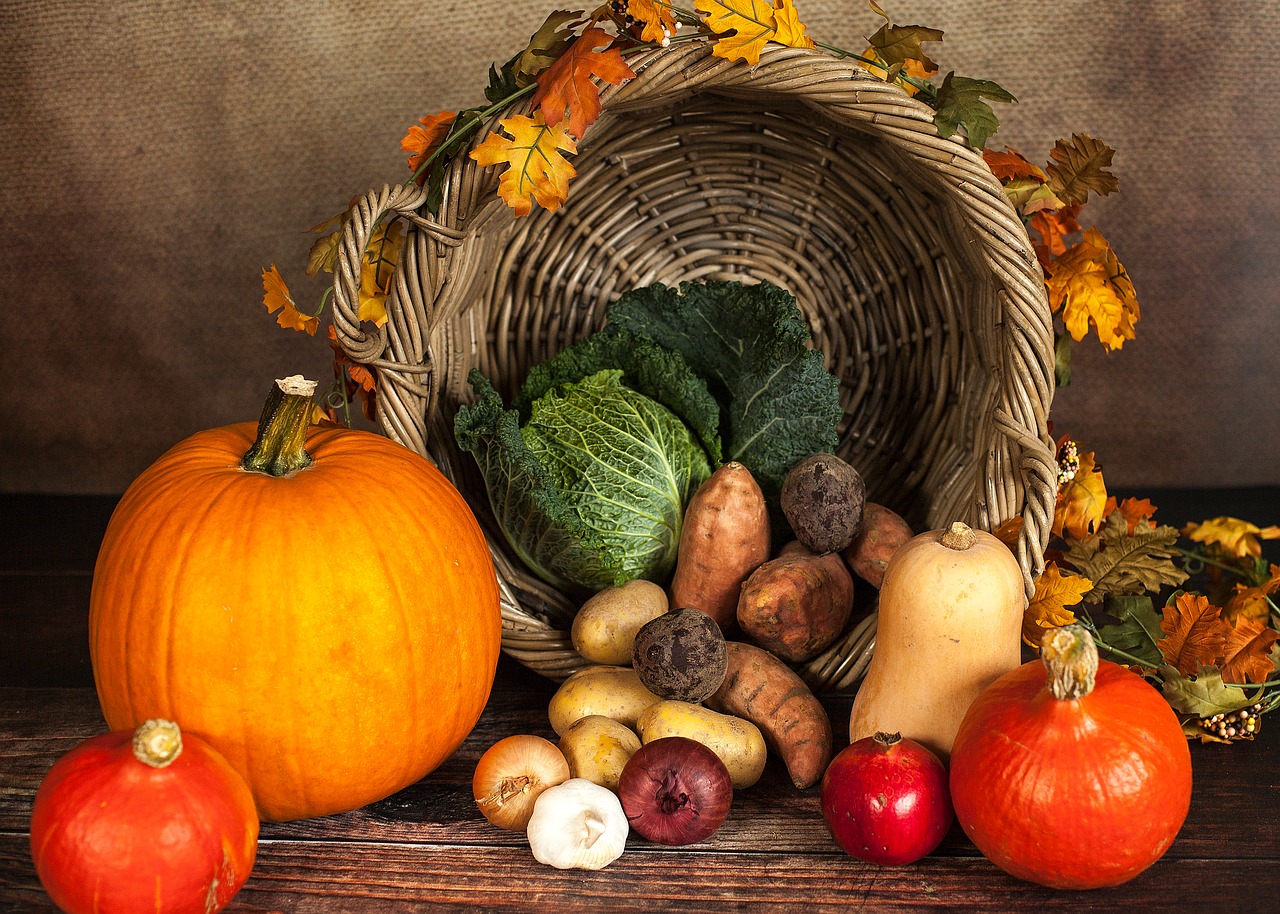The farm to table model of agriculture is inviting all kinds of technology into agtech.
A lot of technology is entering the agtech sector, and this doesn’t mean only seed analysis, soil scrutiny, and crop scan. The entire ecosystem is involved right from the farmer who plants the crop to the consumer who finally consumes it.
This farm to table model of agriculture is inviting all kinds of technology into the sector.
Read more: Advantage Agtech: Analytics in modern agriculture for a smarter farmer
Recently, John Deere & Co declared it will begin commercial delivery this year of technology that lets a tractor till a field without an operator in the cab, a first for the top North American tractor manufacturer after years of effort to automate farm work.
This kind of progress occurs when the consumer demands better service and is willing to pay for it.
The Tech Panda asked four agtech experts how farm-to-table agriculture has become more in demand now and how tech is helping in it.
Drift Towards a Healthier Lifestyle
Amit Sinha, Co-Founder, Unnati, says that the drift towards a healthier lifestyle has made farm to table agriculture popular.
“The time for food products to reach the end consumer is dramatically decreased ensuring high quality fresh food, rich in nutrients. This also supports the local farming community and regional economies,” he says.

Amit Sinha
The time for food products to reach the end consumer is dramatically decreased ensuring high quality fresh food, rich in nutrients. This also supports the local farming community and regional economies
“Tech is enabling farmers with availability of high quality inputs for crops, market penetration/linkages, credit access, along with predictive diagnostics that help in maintaining the quality of produce high. Farmers can use a smartphone to receive timely updates, crop related information, and monitoring of their crops,” he explains.
Consumer Awareness
Srinath Setty, Co-Founder, Hosachiguru, says consumer awareness is also an aspect that encourages the farm-to-table agriculture model.
“People these days have started asking the right questions when it comes to what they eat. Everyone wants to know where their food is grown. Processed and packed foods are anyway unhealthy and hence a large number of people are moving to organic eating or veganism. This has led to an increase in farm-to-fork or farm-to-table restaurants,” he says.

Srinath Setty
Few things are more satisfying than biting into a fresh tomato right from the garden or seasoning a meal with herbs picked from a windowsill greenhouse
“Few things are more satisfying than biting into a fresh tomato right from the garden or seasoning a meal with herbs picked from a windowsill greenhouse. This concept helps realise how important it is to make sure that we are not just living with eco-friendly products but are also eating food that is fresh and beneficial for health,” he adds.
Economic Development of Local Communities
Another factor Setty highlights is that the farm-to-table model supports economic development of local communities.
“The farm-to-table notion contributes to the economic development of local communities in a number of major ways. Environmental sustainability along with use of AI and IoT devices like soil moisture sensors, water ph level controllers is obviously the biggest benefit that sets it apart from other models,” he says.
Kartheeswaran Kandasamy, COO & Co-Founder, Ninjacart. says the popularity of farm-to-table agriculture is because of its long shelf-life and the fact that it allows farmers and retailers the convenience of omitting early-morning market visits. He explains that this model supports all players in the ecosystem.

Kartheeswaran Kandasamy
For farmers, it encourages them to learn new tech-enabled farming approaches and competitive pricing while establishing direct consumer relationships and better livelihoods
“For farmers, it encourages them to learn new tech-enabled farming approaches and competitive pricing while establishing direct consumer relationships and better livelihoods,” he explains.
“For retailers, tech assists them in managing their inventory online, evaluating the best prices, ensuring higher margins for the business, and enjoying the convenience of having their order delivered at their doorstep,” he adds.
“For consumers, the farm-to-fork supply chain ensures 100% fresh produce,” he says.
End-Solution
Navneet Ravikar, Chairman and Managing Director of Leads Connect Services, says a tech based platform is the end solution for agriculture.
“It is very important to understand that any challenge in the context of any discipline can be contained only through ‘End-Solution’,” he says.

Navneet Ravikar
When we deliberate on developing people centric solutions for agriculture: the end-solution is a ‘Tech-Based Platform’ which is capable of taking care of farm-to-table agriculture complexities
“If we don’t have ‘end-solution’ then any approach which is built with bits and pieces may not last long and will certainly not address the woes of any. And when we deliberate on developing people centric solutions for agriculture: the end-solution is a ‘Tech-Based Platform’ which is capable of taking care of farm-to-table agriculture complexities,” he adds.
He takes the example of a good yield in a region that failed to connect the produce with the right market or vice-versa.
Read more: Advantage Agtech: Moving towards online tech-based platforms
“The question that needs serious consideration is: Did we succeed in achieving the idea of agricultural sustainability? The answer is a big no. And therefore, farm-to-table agriculture is in demand,” he says.












